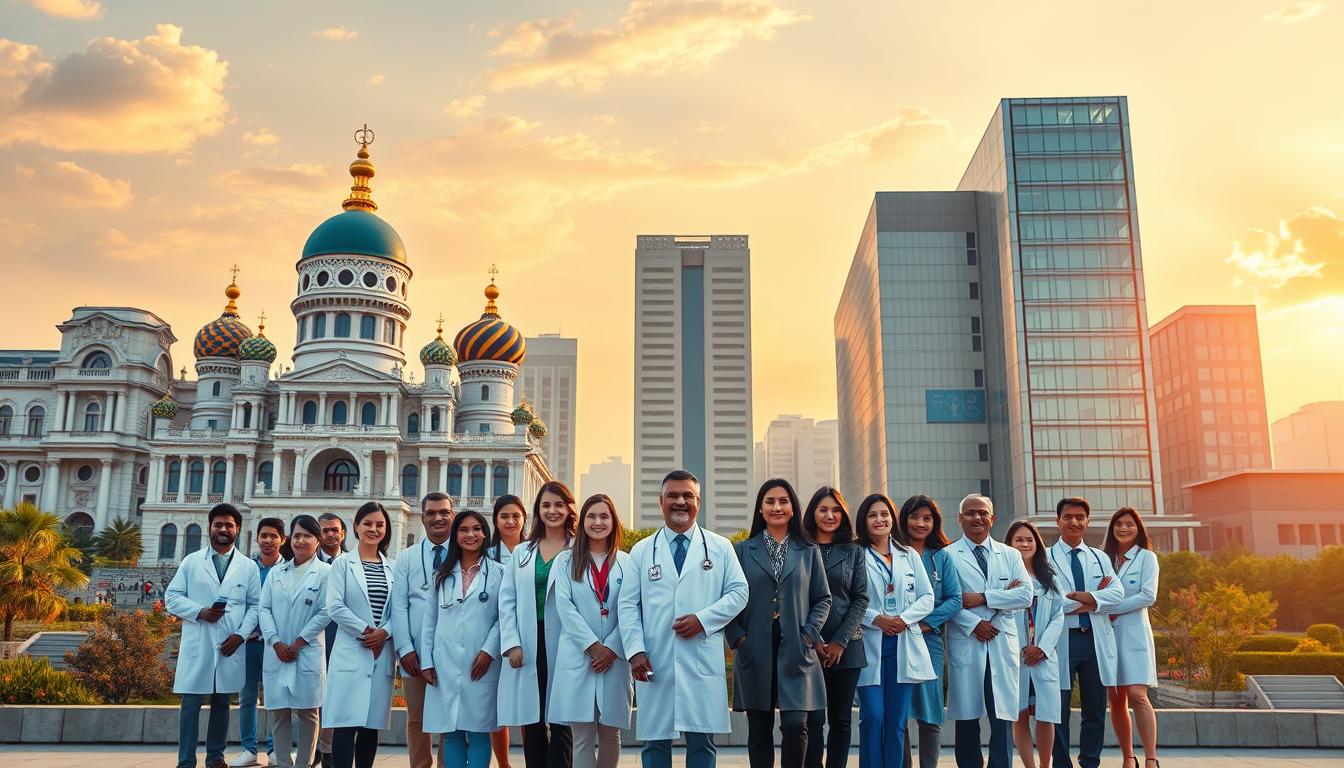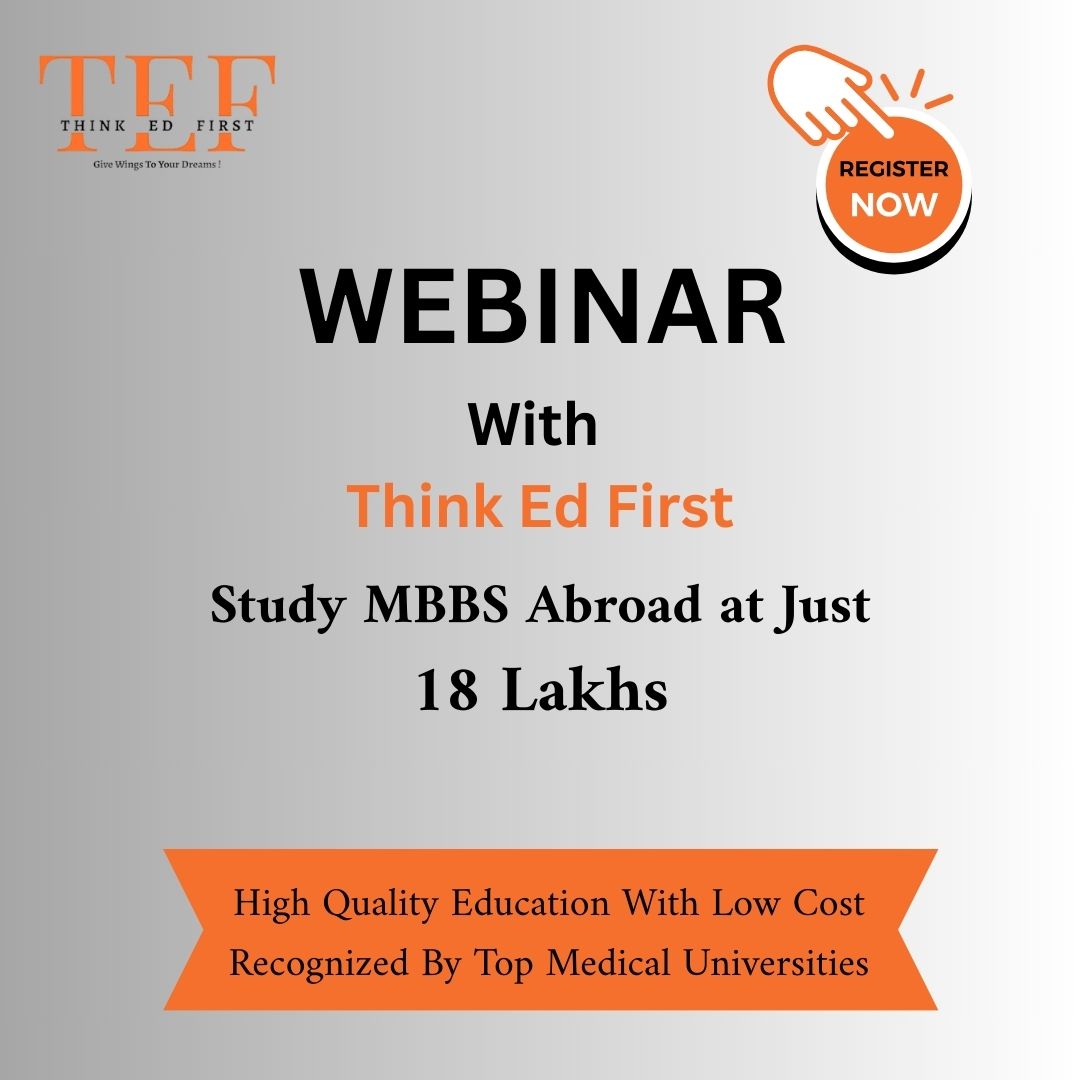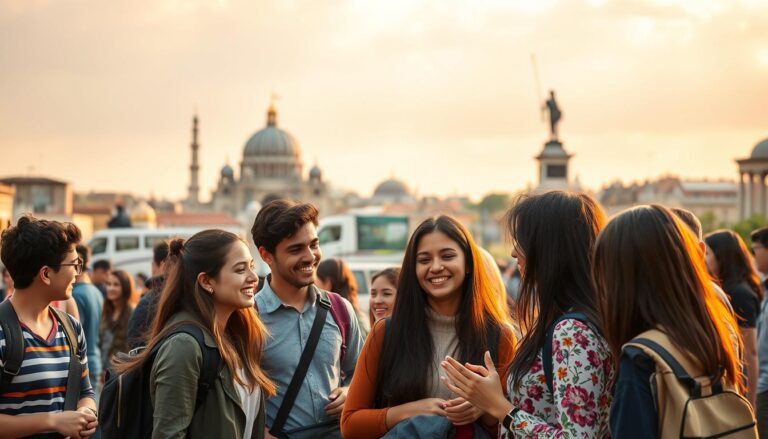Choosing where to pursue your medical education is a decision that shapes your future. Many aspiring doctors face the dilemma of whether to study locally or explore opportunities abroad. Both options come with unique advantages and challenges that can influence your path.
For instance, studying in another country offers global exposure and affordability, while staying closer to home provides familiarity and extensive clinical experience. But how do you decide which path aligns with your goals?
In this article, we’ll explore the key differences between pursuing medical education in two prominent destinations. We’ll break down factors like cost, quality, and opportunities to help you make an informed choice. Whether you’re considering international recognition or local adaptability, this guide will provide clarity.
Ready to uncover the best option for your medical journey? Let’s dive in and find out more about studying abroad and its potential benefits.
Introduction: Understanding MBBS Education Abroad
Exploring medical education options can open doors to diverse opportunities. For many aspiring doctors, the choice between studying locally or abroad is a pivotal decision. Both paths offer unique benefits that can shape your future in medicine.
Why Compare MBBS in Russia and India?
When considering medical education, it’s essential to weigh the options. Russia and India are two prominent destinations for students. Each offers distinct advantages that cater to different needs and goals.
For international students, Russia stands out with its affordable fees and globally recognized degrees. On the other hand, India provides extensive clinical exposure due to its dense population and diverse medical cases. Understanding these differences helps you make an informed choice.
Overview of Global and Local Recognition
Both Russian and Indian medical programs are recognized worldwide. This ensures that graduates can pursue opportunities across the globe. However, the journey to practice medicine may vary depending on where you study.
In India, students benefit from direct eligibility to practice after completing their degree and internship. For those studying abroad, passing exams like the FMGE or NEXT is necessary to practice in India. This highlights the importance of choosing a recognized university.
Studying in an international environment also offers exposure to diverse cultures and medical practices. This can enhance your skills and broaden your perspective. Whether you choose Russia or India, both systems provide quality education and unique experiences.
For those considering affordable MBBS education options, understanding these factors is crucial. It ensures you select a path that aligns with your aspirations and budget.
Admission Process and Eligibility Criteria
Understanding the admission process is the first step toward your medical education journey. Whether you choose to study locally or abroad, knowing the requirements ensures a smooth application process. Let’s explore the key steps and factors involved in securing admission to medical programs.
NEET Exam and Counseling for Indian MBBS Aspirants
In India, aspiring doctors must clear the NEET exam to secure admission to medical colleges. This national-level test evaluates students’ knowledge in Physics, Chemistry, and Biology. Scoring well is essential, as it determines eligibility for government and private institutions.
After the exam, students undergo counseling to allocate seats based on their ranks. This process involves choosing preferred colleges and confirming admission. Government regulations play a significant role in determining fee structures and seat availability.
Simplified Admission Process in Russian Medical Universities
In contrast, the admission process in Russian medical universities is more straightforward. Most institutions base their decisions on 12th-grade marks in Physics, Chemistry, and Biology. Entrance exams are rarely required, making it easier for international students to apply.
For Indian students, qualifying for NEET is mandatory, even when pursuing MBBS abroad. However, the absence of additional entrance exams simplifies the process. Universities in Russia also provide support throughout the application, ensuring a hassle-free experience.
Key factors like affordability, global recognition, and streamlined procedures make Russian universities an attractive option. If you’re considering MBBS without NEET for Indian students, understanding these differences can help you make an informed decision.
Cost Comparison: Fees and Living Expenses
Understanding the financial aspects of medical education is crucial for making an informed decision. Budget plays a significant role in choosing the right path for your studies. Let’s break down the costs involved in pursuing a medical degree in different countries.
Tuition Fee Structures and Hidden Costs
Tuition fees vary significantly between countries. In Russia, the annual cost for medical programs ranges from INR 2.5 to 6 lakhs. This often includes hostel accommodation, food, and health insurance. Hidden costs are minimal, making it a budget-friendly option.
In India, private colleges charge fees ranging from INR 30 to 80 lakhs for the entire course. Government institutions are more affordable, with fees between INR 5 to 20 lakhs. However, hidden costs like additional charges for facilities and materials can add up.

Monthly Living Expenses: India vs. Russia
Living expenses also differ between the two countries. In Russia, students spend around INR 12,000 to 21,000 per month. This covers accommodation, food, transportation, and other essentials.
In India, living costs range from INR 2 to 3 lakhs annually. While this is lower than Russia, the higher tuition fees in private colleges often offset this advantage. For budget-conscious students, Russia offers a more balanced financial option.
| Category | Russia (INR) | India (INR) |
|---|---|---|
| Tuition Fees (per year) | 2.5 – 6 lakhs | 5 – 80 lakhs |
| Living Expenses (per month) | 12,000 – 21,000 | 16,000 – 25,000 |
| Hidden Costs | Minimal | 1 – 5 lakhs |
For those seeking affordable options, institutions like Perm State Medical University offer quality education at reasonable costs. Comparing these factors can help you choose the best path for your medical journey.
Curriculum and Practical Training Advantages
The structure of medical education plays a vital role in shaping a student’s professional journey. Both local and international programs offer unique approaches to training and learning. Understanding these differences helps students choose the path that aligns with their goals.
Hands-On Training and Internship Duration
Practical training is a cornerstone of medical education. In Russia, programs emphasize hands-on learning with extended internship durations. Students often spend a full year in internships, gaining valuable experience in real-world medical settings.
In contrast, Indian programs include a one-year paid internship as part of the 5.5-year degree. This ensures students are well-prepared for clinical practice. The difference in duration and focus highlights the varied approaches to training in each system.
Clinical Exposure and Learning Opportunities
Clinical exposure is another critical aspect of medical education. Indian programs offer extensive opportunities due to the country’s dense population and diverse medical cases. This creates a robust learning environment for students.
In Russia, state medical universities provide structured clinical training with access to modern facilities. While the patient volume may differ, the quality of training ensures students develop essential skills. Both systems aim to prepare graduates for successful careers in medicine.
| Aspect | Russia | India |
|---|---|---|
| Internship Duration | 1 year | 1 year (paid) |
| Clinical Exposure | Structured training | High patient volume |
| Focus | Practical skills | Diverse medical cases |
For those considering affordable medical education options, understanding these differences is crucial. It ensures you select a program that aligns with your aspirations and provides the best training for your future.
career prospects russia vs india mbbs: Opportunities and Postgraduate Pathways
The journey after completing a medical degree opens doors to diverse opportunities globally. Graduates from both Russian and Indian institutions have access to a wide range of options for further specialization and professional growth. Understanding the pathways available can help you make an informed decision about your future.
Global Recognition and Licensing Requirements
Degrees from Russian medical universities are recognized worldwide, offering graduates the chance to practice internationally. However, Indian students returning home must pass the FMGE exam to practice locally. This ensures their qualifications meet national standards.
In contrast, Indian medical graduates can directly practice after completing their degree and internship. Both systems provide strong foundations, but the licensing process varies. Choosing the right path depends on your long-term goals and preferred location for practice.
Potential for Postgraduate Studies and Career Growth
Postgraduate studies are a key step for specialization. Russian universities offer advanced programs in fields like surgery, internal medicine, and pediatrics. These programs enhance skills and open doors to research and academic roles.
Indian graduates also have access to a wide range of postgraduate opportunities. Specializations in areas like cardiology, neurology, and gynecology are popular. Both systems provide robust options for further education and professional development.
| Aspect | Russian Medical Universities | Indian Medical Colleges |
|---|---|---|
| Global Recognition | Yes (WDOMS, ECFMG, FAIMER, NMC) | Yes (NMC recognized) |
| Licensing Requirements | FMGE for Indian practice | Direct eligibility after internship |
| Postgraduate Opportunities | Specialized programs in various fields | Wide range of specializations available |
Both systems offer strong opportunities for growth. Whether you choose to study locally or abroad, the availability of advanced programs ensures you can achieve your professional goals. Consider your aspirations and the pathways each option provides to make the best decision for your future.
Cultural and Language Considerations for Indian Students
Language and culture play a significant role in shaping the student experience. For Indian students pursuing medical education abroad, adapting to a new environment involves navigating linguistic and cultural differences. Understanding these factors ensures a smoother transition and a more enriching experience.
Language of Instruction: English vs. Multilingual Options
Many Russian medical universities offer programs in English, making it easier for Indian students to follow the curriculum. However, students may also encounter a multilingual environment, as Russian is widely spoken. This dual-language exposure can enhance communication skills and broaden cultural understanding.
For those unfamiliar with Russian, universities often provide language courses. These programs help students adapt to daily life and improve interactions with patients during clinical training. Embracing this linguistic diversity can be a valuable part of the learning journey.
Adapting to Cultural Differences and Lifestyle Challenges
Living in a foreign destination comes with its own set of challenges. Indian students may experience cultural differences in food, social norms, and daily routines. However, these challenges also offer opportunities for personal growth and a broader perspective on global healthcare practices.
To ease the transition, students can build a support network with peers and participate in cultural orientation programs. Engaging with the local community and staying connected with fellow Indian students can make the experience more enjoyable and less overwhelming.
For more insights on adapting to life abroad, explore our guide on living and studying as an Indian medical student. This resource provides practical tips for balancing academics and personal wellness in a new environment.
Conclusion
Making the right choice for your medical education is a pivotal step toward achieving your goals. In this article, we’ve compared the key aspects of studying in different locations, focusing on affordability, curriculum, and cultural adaptation. Our goal is to help you make an informed decision that aligns with your aspirations.
Whether you choose a state medical program locally or abroad, both options offer unique advantages. Factors like cost, hands-on training, and global recognition play a significant role in shaping your journey. It’s essential to weigh these aspects carefully before making your final choice.
Ultimately, the country you select for your studies will influence your experience and future opportunities. By considering all these elements, you can confidently take the next step toward building a strong foundation in medicine.





